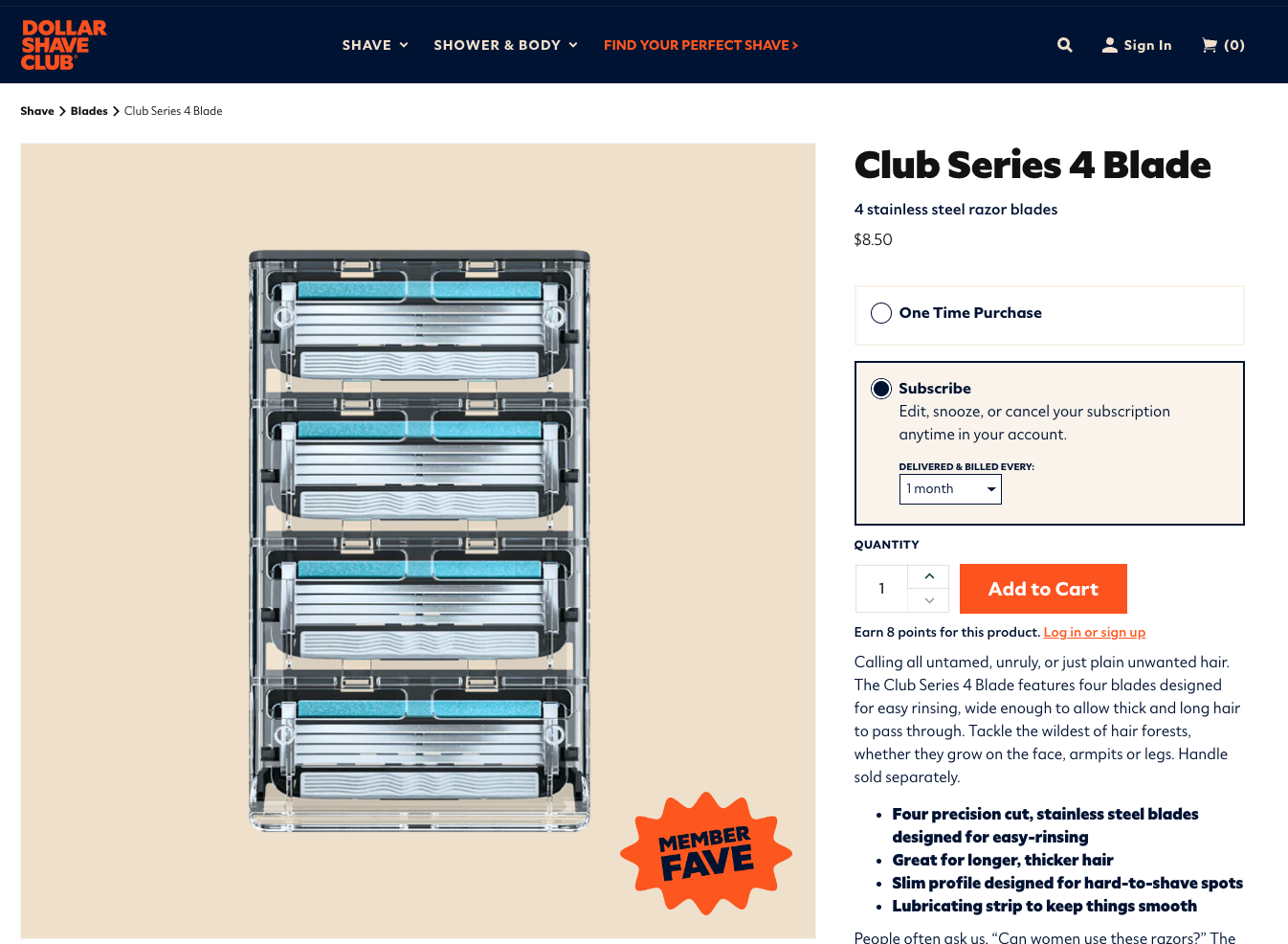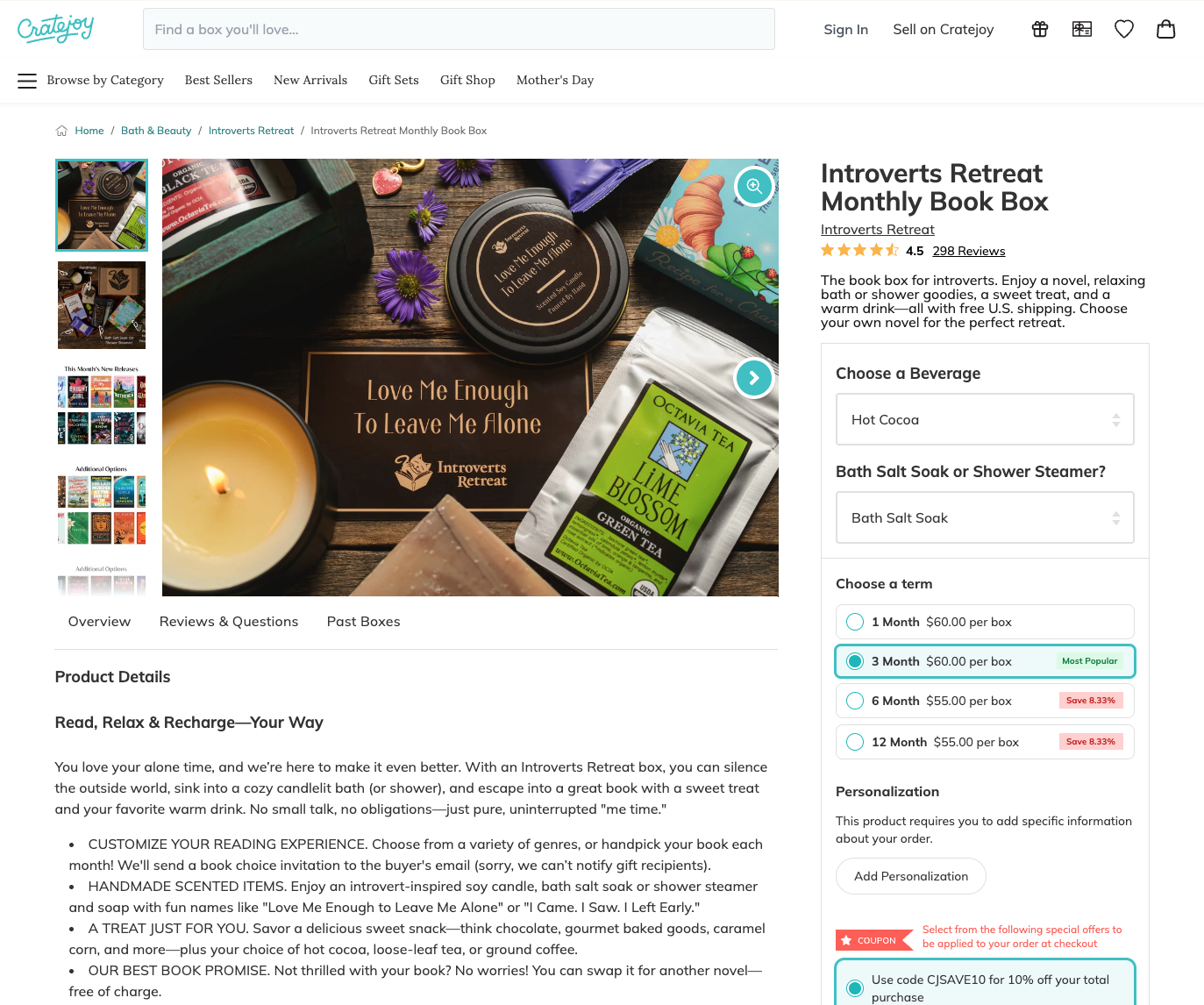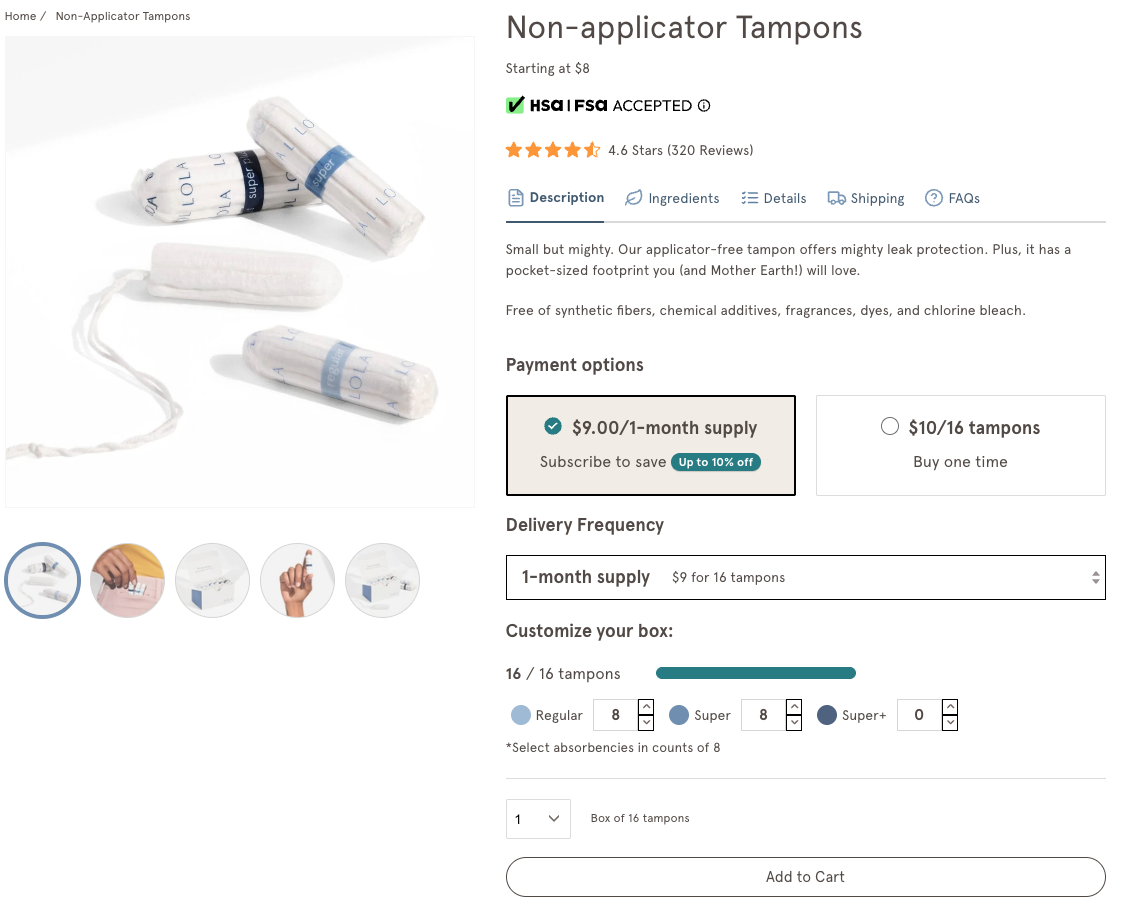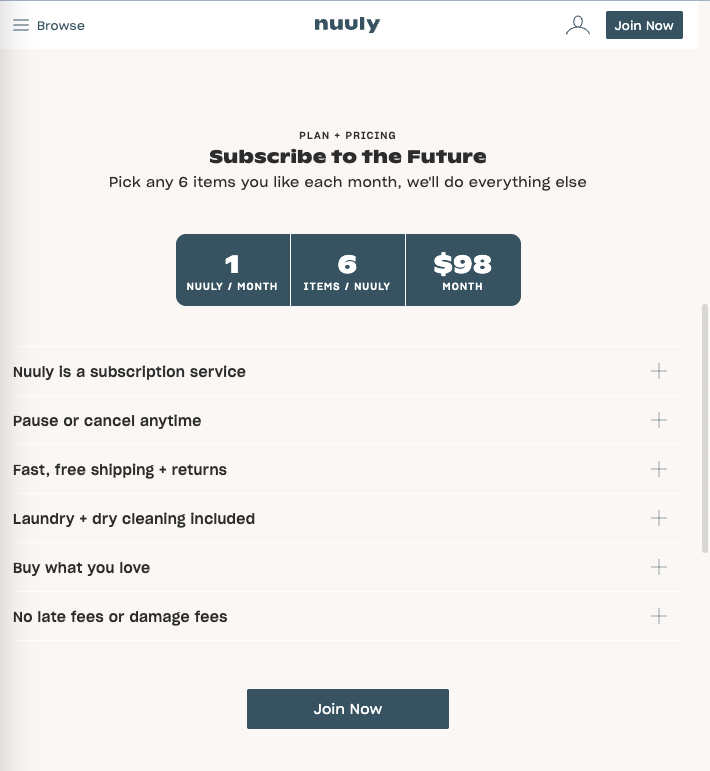
What high-growth brands are doing differently
In 2025, e-commerce no longer revolves around one-time transactions. The brands seeing long-term growth and higher margins are leaning into subscription models—not just as a revenue stream, but as a strategic system for predictable, repeatable customer relationships.
But let’s be clear: this isn’t about adding a Subscribe & Save button and calling it innovation.
The future of the subscription model in e-commerce is smarter, more personalized, and deeply integrated with how customers actually shop today. It’s powered by data, refined by experience, and scaled through retention—not acquisition.
Here’s what that future looks like—and what it demands.
The Shift from Convenience to Connection
Subscription services used to be about convenience. Get your razor blades monthly. Your vitamins refilled automatically. Your dog food shipped before the bag runs out.
That still matters—but it’s not enough.
The brands that are winning with subscription services today are going deeper. They’re creating ecosystems around their products: curated content, personalized delivery cadences, bundled loyalty perks, and community-driven experiences that make the subscription feel like a lifestyle—not a transaction.
They’re also using zero-party data to refine the customer experience. That means asking customers what they want, when they want it, and why—and using those insights to fuel product development, support, and retention strategies.
Smart ecommerce businesses are no longer viewing subscriptions as an “add-on.” They’re architecting their entire business model around it.
Not All Subscription Models Are Created Equal
There’s a wide spectrum of ecommerce subscription models in 2025—and not all are built to last.
Let’s break them down:
Replenishment subscriptions work best for consumables: vitamins, pet food, personal care. The key is timing—predictive models that match delivery to usage. Get it wrong, and churn spikes.
Example:
Dollar Shave Club

Curation-based subscription boxes are evolving rapidly. The novelty alone no longer sustains. Brands are winning by increasing perceived value through personalization, exclusive drops, and gamified unboxing experiences.
Example:
Cratejoy

Access-based subscriptions—where customers pay for member-only perks, early access, or enhanced customer service—are rising fast. This model often supports high-margin growth without heavy inventory pressure.
Example:
LOLA

Software-style pricing (think tiered access to content, features, or services) is now bleeding into physical goods. Brands are packaging products + digital value to support recurring revenue without commoditizing their offer.
Example:
Nuuly

The takeaway? Your subscription model needs to be engineered for what your customer values most. And it must evolve as their behaviors—and your market—shift.
Why Retention Is the Real Battleground
Here’s the brutal truth about ecommerce subscription models: acquisition gets you a subscriber. Retention builds the business.
In 2025, successful subscription ecommerce brands are obsessed with:
- Onboarding: Most churn happens in the first 60 days. Are you making the first experience intuitive, frictionless, and rewarding?
- Predictive churn modeling: Tools like cohort analysis and RFM segmentation (Recency, Frequency, Monetary) now trigger automated interventions when engagement drops.
- Dynamic shipping cadences: Leading brands let subscribers adjust, delay, or skip with ease. Why? Because cancellations often come from friction—not dissatisfaction.
- Active content strategies: The best subscription box business models use newsletters, SMS, and in-box content to educate, upsell, and emotionally connect.
- Flexible billing models: Top-performing brands are moving beyond rigid commitments to enable monthly subscriptions with tiered pricing, trials, or hybrid billing.
- User experience personalization: Using DTC subscription platform tools, brands are optimizing interfaces, product recommendations, and timing based on behavioral data.
And the best part? These efforts compound. Each retained customer lowers CAC over time, increases customer lifetime value (CLV), and builds network effects through referrals and advocacy—proving the power of a high-performing ecommerce subscription model.
Subscription Pricing Models: Not Just Monthly Anymore
Let’s talk pricing.
The most successful subscription services in 2025 are no longer defaulting to monthly billing cycles.
Instead, they’re offering:
- Quarterly and annual plans with built-in loyalty incentives
- Flexible pricing based on purchase history or customer tier
- Usage-based pricing tied to consumption or engagement (especially for hybrid product/service offers)
- Bundle pricing that groups complementary products into a single predictable delivery
This isn’t just about pricing—it’s about building a predictable revenue stream that improves cash flow and creates long-term visibility for operational planning.
What matters most is not just the price—but the perception of value. Brands need to communicate why the subscription business model is better than ad-hoc purchases.
This means:
- Transparent cost savings over time
- Enhanced customer support or access
- Risk-free trial periods
- Exclusive perks unavailable to one-time buyers
When subscription pricing aligns with customer psychology and product lifecycle, you don’t just convert—you retain. And with the right subscription management tools in place, brands can dynamically adjust offerings based on usage, tier upgrades, or churn risk—further strengthening customer loyalty and streamlining inventory management.
It’s this kind of strategic pricing—tailored to the types of subscription models that match real behavior—that’s redefining success across the ecommerce market.
Why DTC Isn’t Enough: Subscriptions Thrive on Marketplaces Too
While direct-to-consumer (DTC) brands led the first wave of subscription innovation, 2025 is seeing massive growth in marketplace subscription models as well.
Amazon, Walmart, and Shopify storefronts are all increasingly supporting subscription box services, auto-reorder systems, and Prime-style loyalty mechanics. Why?
Because marketplaces offer:
- Built-in audience and trust
- Integrated logistics and fulfillment
- Pre-existing customer behaviors around repeat purchase
Smart subscription-based businesses are designing offers that work both on and off marketplaces—leveraging DTC for deeper relationships, and marketplaces for scale.
This hybrid approach improves brand visibility, recurring revenue, and defensibility against competitors.
Metrics That Matter in 2025
Your subscription dashboard in 2025 should include more than just MRR (monthly recurring revenue).
Here’s what top operators are tracking:
- Churn rate (overall and by cohort)
- Average order value (AOV) growth across renewals
- Time to second order (predicts long-term retention)
- Referral rate from subscribers vs. one-time buyers
- Segmented LTV by subscription tier or cadence
- Opt-out reasons tracked and categorized in real time
The best teams are tying these metrics directly to CX, fulfillment, and content performance. This is what separates flatlining subscription programs from those scaling intelligently.
Subscription Logistics and Operations Matter More Than Ever
Great subscription services aren’t built in marketing—they’re maintained in ops.
That means:
- Flexible fulfillment logic (pause, delay, expedite)
- Smart inventory forecasting (avoid out-of-stock or overstock)
- Dynamic packaging for seasonal or giftable offers
- Integrated customer support (live chat, SMS, chatbot workflows)
Logistics and CX are now performance levers. One bad shipping experience can break trust—and churn subscribers you spent weeks acquiring.
Building Long-Term Brand Equity Through Subscriptions
Here’s the biggest shift:
In 2025, subscription businesses aren’t just about recurring revenue. They’re about relationship-based commerce that fuels both customer retention and customer loyalty.
When executed well, subscriptions:
- Build habitual usage and product loyalty
- Create opportunities for community and feedback loops
- Enable upsells and cross-sells through behavior tracking
- Reinforce positioning and brand values over time
But the benefits aren’t limited to the customer experience—they extend across the business. Subscription models create predictable revenue and stabilize customer acquisition costs, allowing brands to scale with clarity and control.
Whether it’s a subscription box, auto-replenishment, or access-based membership—this model now represents a powerful way to lead in retention-first markets. And when paired with smart inventory management and personalized functionality, it also enables more targeted marketing strategies across the full lifecycle.
Final Takeaway: Subscriptions Are a System, Not a Feature
The future of subscription models in e-commerce isn’t about layering recurring billing onto a product.
It’s about designing a value engine that touches product, content, support, logistics, and brand—and is built around understanding and meeting real customer needs.
In 2025 and beyond, the winning subscription-based business models will be those that:
- Treat loyal customers like relationships—not just revenue
- Build flexible systems designed to evolve with their target audience
- Operate with real performance discipline: LTV, churn, and activation
- Innovate on pricing, not just packaging—because the value proposition must be crystal clear
Whether you’re a Shopify brand or building a custom experience on another ecommerce platform, the foundation is the same: create a subscription offering that prioritizes relevance, retention, and predictability.
Because in a world of infinite choices, the best ecommerce subscription services don’t just offer customers convenience—they become part of their routine. And that’s how you build durable growth in DTC, SaaS, and beyond.
Interested in learning more? Drop us a line here for a free consultation with our team.
